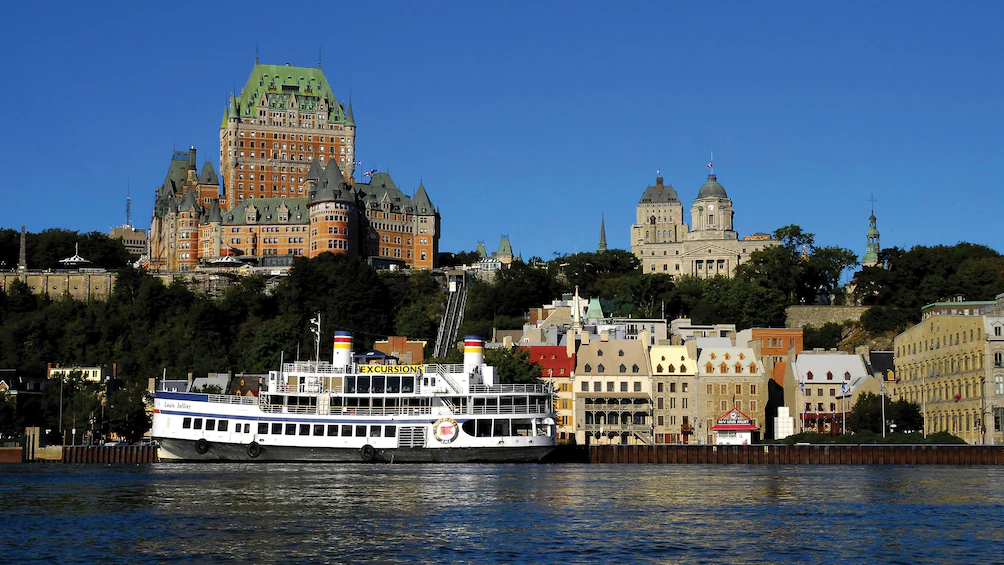Quebec
As Canada’s second-most populated province, the concerns of Quebec have played a large role shaping Canadian history, and continue to exert enormous influence on Canada’s culture, politics, and economy.
In addition to being a major tourist destination, Quebec is an administrative centre and a port city for transatlantic trade.
Because Quebec is a capital city, civil servants and administrators make up a large portion of the service sector that dominates employment in the city. Quebec is also a major transatlantic port, handling products (mainly bulk goods) that are conveyed on the St. Lawrence Seaway, which serves the Great Lakes region of North America.

Education
Quebec education system has four levels:
- preschool education, also called kindergarten
- elementary and secondary school education, which includes general education and vocational training
- college education, which includes two streams: pre-university education and technical training
- university education, which includes undergraduate, graduate and post-graduate studies studies as well as postdoctoral studies.
Public and private educational institutions recognized by the Ministry of Education and Higher Education exist at every level. The school system is divided along linguistic lines: instruction is given in French or in English, depending on the institution. In most educational institutions, boys and girls attend classes together. The public system is completely secular.
Have a look at some of the list of universities in Quebec:
- Laval University
- Bishop's University
- Concordia University
- National School of Public Administration
Economy
Quebec’s economy was based on French and then British mercantilism. The economy of New France relied on a heavily subsidized fur trade and the military establishment. Agriculture remained undeveloped, as there was no market in France for Quebec’s products.
Quebec’s economy has been characterized by a transformation of the natural resource sector through technological innovation, by the ongoing demise of its labour-intensive, low-wage manufacturing sector, by the emergence of its pharmaceutical and aeronautics industries, and by the rapid expansion of the transportation, communication, service, and knowledge industries.
The fur trade has played a part in the economy of Quebec since the beginning of the French regime and is still important today in the Ungava region, which is populated by the Inuit. Mink easily ranks first in production, and other commercially viable species include beaver, fox, lynx, otter, and chinchilla.
The future of Quebec’s economic development was for a long time linked to the exploitation of resources in the Canadian Shield. The first region of the shield to be exploited for minerals was the Rouyn-Noranda, rich in copper, zinc, gold, and silver deposits.
Places to visit in Quebec
- Wander through Place Royale
- Explore La Citadelle de Québec
- See the Plains of Abraham (Champs de Bataille)
- Visit Musée de la civilisation
- Chateau Frontenac
- Stroll throught Quartier Petit-Champlain
- Parliament Building
- Capital Observatory
- Fortifications of Quebec National Historic Site
